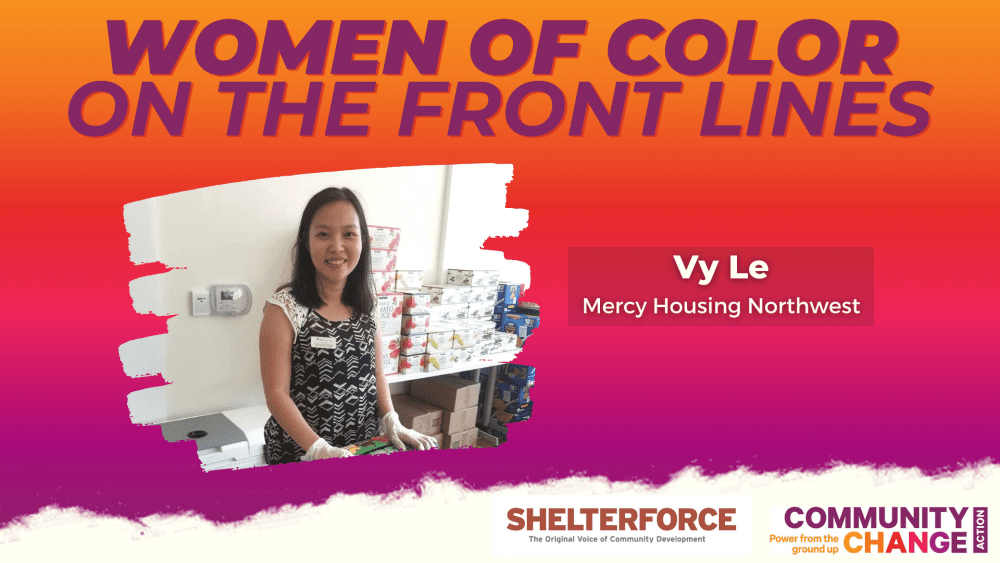Back when I was a local reporter, I witnessed the unfortunate demise of a beloved neighborhood park in Malden, Massachusetts. Frederick Law Olmsted Jr. had been involved in the park’s design at the dawn of the 20th century. But local officials decided to build a school there, and moved the park down the street to where the school used to be. It was my first exposure to the way cities often treat their parks as if they were valuable only as real estate assets.
More recently the city of Boston has made deals with two different universities to let them use publicly-owned ball fields for their private purposes. In exchange for paying out of their own budgets or with donated funds for major park renovations, the city allows these colleges to have much more use of the parks than the people who actually live full-time in the adjacent neighborhoods. When asked how they can justify giving away such precious public assets to private interests, the politicians say simply that they can’t afford to maintain the parks themselves. Community members retort that, sure, the parks were downtrodden, but at least people could use them!
In a third example of how not to transform public parks, the city of New York tried to evict Latino food vendors from a park in Red Hook, Brooklyn a couple years ago. The vendors had been there for years, selling delicious food underneath tents at the edge of the park, until Ikea chose the neighborhood for a new store. Suddenly the city decided that the vendors’ practices were unsanitary. After they organized and got some political leaders on their side, the city parks department backed up, allowing the vendors to stay. But they forced them to operate from trailers, limiting their space and changing the atmosphere of what had been a wonderful independent marketplace.
Finally, an example of how cities can make their parks more lively and gain revenue from them: In some cities parks officials have embraced food vendors as a park enhancement. New Yorkers are hearing a lot about the Shake Shack, a burger stand with outdoor seating in Madison Square Park at 23rd Street. This place is so popular that Twitter users write to each other to report how long the lines are to order a shake. Meanwhile, Boston city leaders, aghast at how barebones the new Greenway looks where the interstate used to run, are thinking of inviting bids for food vendors to liven up their new green jewel.
In each of these cases cities look to their parks as real estate assets. But only in the case of New York’s Shake Shack do we see a city enhancing a park rather than detracting from or even destroying its use for the existing community. Jane Jacobs pointed out long ago that city parks by themselves are not necessarily useful. They can become harmful, in fact, as refuges for crime. But at the same time, parks can be precious oases of peace in hurried, concrete-covered cities. Cities should look for ways to enhance their value to neighborhoods rather than swapping the land they sit on like trading cards.




Comments